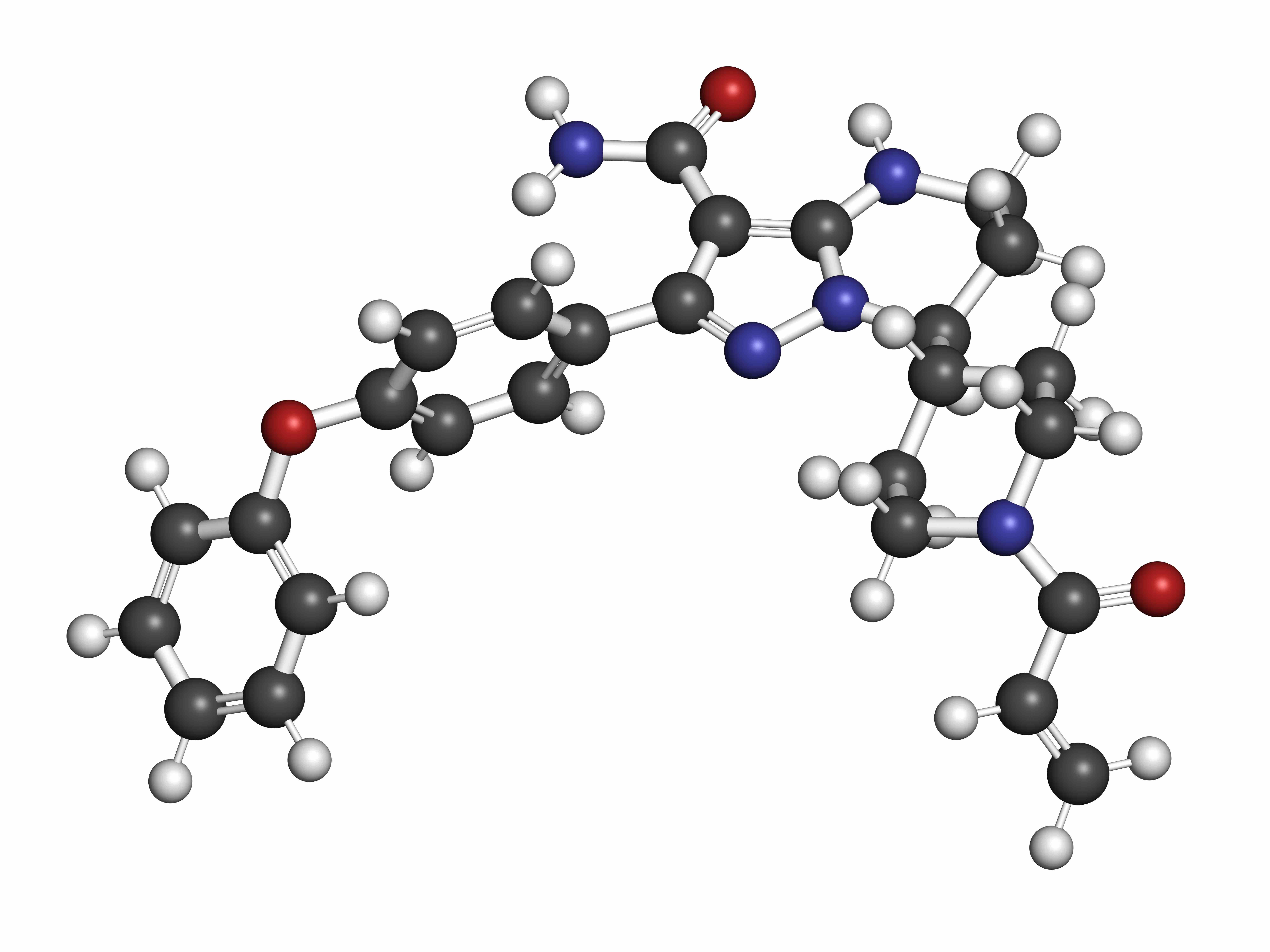Article
In the Era of Targeted Therapies, New Biomarkers Come to Light in CLL
Author(s):
Researchers discussed novel biomarkers—both established and not fully validated—being assessed in the time of targeted therapies for chronic lymphocytic leukemia (CLL).
Researchers of a recent paper discussed novel biomarkers—both established and not fully validated—being assessed in the time of targeted therapies for chronic lymphocytic leukemia (CLL).
Novel biomarkers for oral targeted treatments include resistance mutations to Bruton's tyrosine kinase (BTK) inhibitors, like ibrutinib. Although ibrutinib yields impressive responses, it does encounter primary and acquired resistance in some patients. According to the researchers, the majority of these cases can be traced to a mutation, which occurs at the binding site of the treatment to BTK—typically at position C481S and sometimes in the phospholipase C-gamma-2 (PLCG2) pathway.
“Interestingly, BTK and PLCG2 mutations were not observed in patients without previous exposure to ibrutinib and usually appear between the second and fourth year under treatment,” researchers said. “Not only that, some studies were able to detect these mutations in samples around 9 to 15 months before relapse happened,” which suggests these acquired mutations may be biomarkers of ibrutinib resistance, they explained.
Resistance to venetoclax has also been studied, revealing a more complicated process involving various independent molecular mechanisms. However, 1 small study found that mutations at the G101V location in B-cell lymphoma 2 (BCL-2) were present in approximately half of patients.
The researchers also outlined biomarkers that hold potential for predictive value but are not yet fully validated. For example, CpG-stimulation techniques revealed the potential of complex karyotype (CK), which ranges from 10% prevalence in treatment-naïve patients to 40% in relapsed and refractory patients. Some recent research has indicated that genomic arrays can identify CK.
“In spite of the controversies that surround this biomarker, it seems clear that, altogether, it confers a dismal prognosis to CLL, and some guidelines advocate for its incorporation in clinical practice,” researchers commented, noting that there is a need for generating an international standardized consensus on its exact definition.
They added that—based on large retrospective studies— CK is considered a poor prognostic factor but has not yet been verified by randomized trials. In addition, targeted agents may overcome poor prognoses associated with CK.
Notch homolog 1 (NOTCH1) mutations, present in about 10% of patients with CLL, have also received attention, as researchers explained it has been proposed as a predictor of inferior responses to ruxolitinib and ofatumumab. Data from retrospective studies and clinical trials have suggested the mutations are a mild negative prognostic factor. However, they noted the mutations are present in a heterogeneous subgroup of patients and currently show no impact when looked at independently in patients treated with targeted therapies.
Reference:
González-Gascón-y-Marín I, Muñoz-Novas C, Rodríguez-Vicente A, et al. From biomarkers to models in the changing landscape of chronic lymphocytic leukemia: evolve or become extinct. Cancers. Published online April 8, 2021. doi:10.3390/cancers13081782




